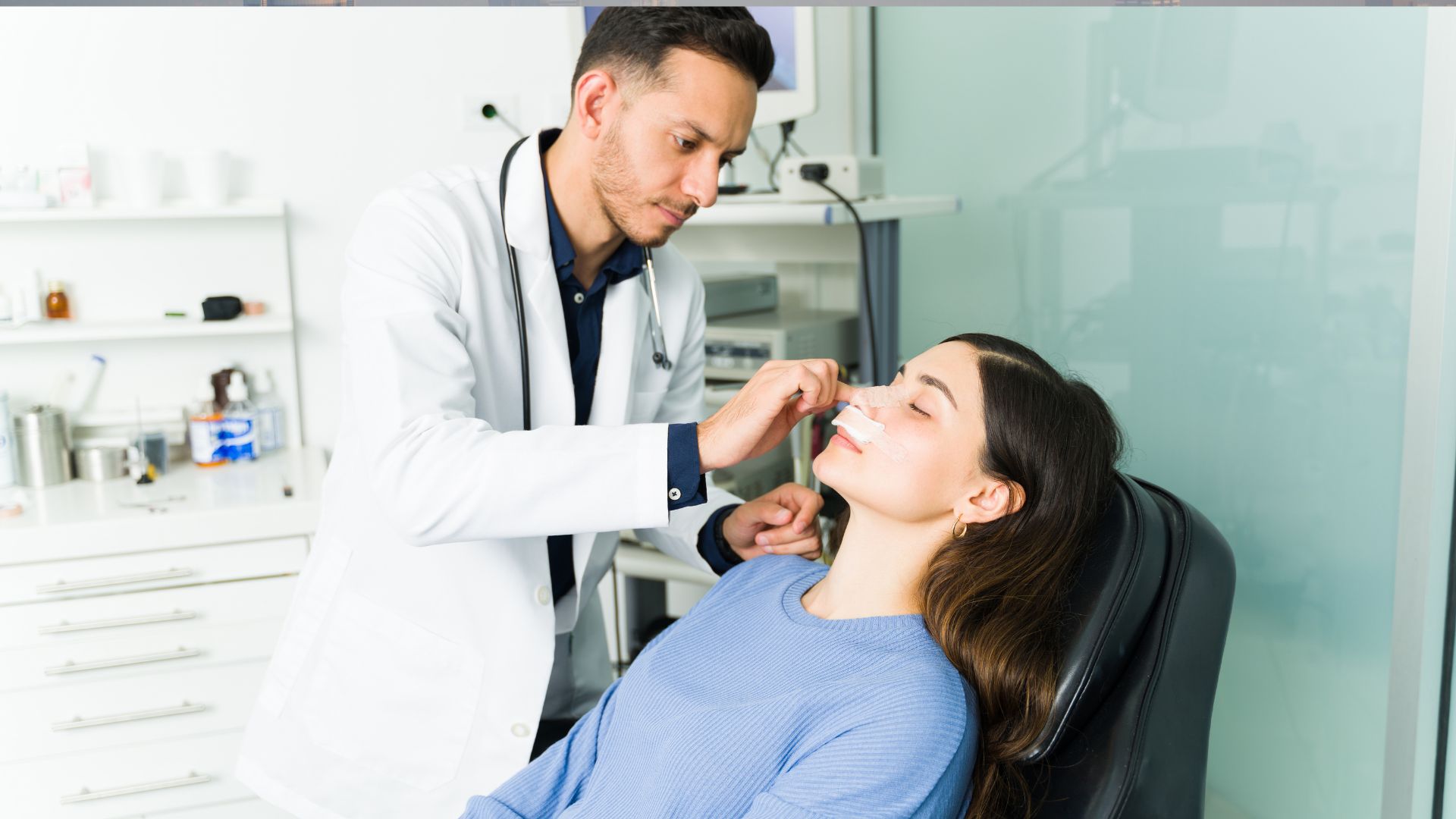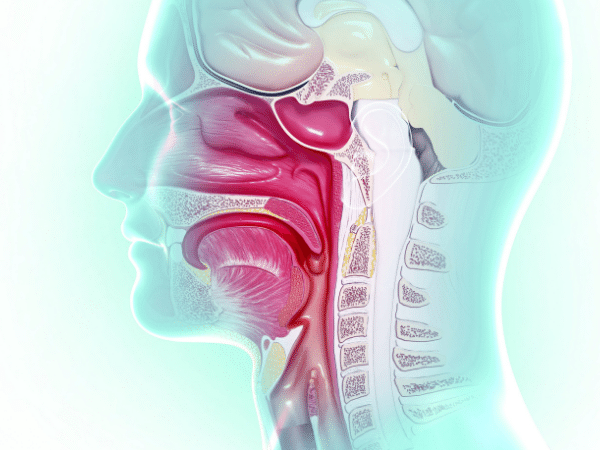Ear wax, medically known as cerumen, is a natural substance produced by glands in the ear canal. It plays a crucial role in protecting the ear by trapping dust, dirt, and other foreign particles, preventing them from reaching the eardrum. While ear wax is beneficial, excessive build-up can lead to discomfort and even hearing problems. In this guide, we’ll explore safe methods for removing ear wax at home to maintain ear health.
Understanding Ear Wax Build-Up
Ear wax build-up occurs when the body produces more wax than necessary or when the wax is not effectively removed from the ear canal. Several factors can contribute to this, including:
- Excessive production: Some individuals naturally produce more ear wax than others.
- Blockage: Wearing earplugs, hearing aids, or using earbuds can push wax deeper into the ear canal, leading to blockage.
- Narrow ear canals: People with narrow or curved ear canals are more prone to wax build-up.
Symptoms of excessive ear wax include earache, ear fullness, hearing loss, ringing in the ears (tinnitus), and itching. If you experience any of these symptoms, it’s essential to address the issue promptly to prevent further complications.
The Dangers of Improper Ear Wax Removal
While it may be tempting to attempt removing ear wax at home using cotton swabs or other makeshift tools, this can be dangerous. Inserting objects into the ear canal can push the wax deeper, potentially causing injury to the ear canal or eardrum. Moreover, DIY methods often fail to remove wax effectively, leading to further build-up and discomfort.
Safe Methods for Ear Wax Removal
To safely remove ear wax at home, it’s crucial to use gentle methods that do not risk damaging the ear canal or eardrum. Here are some safe techniques you can try:
- Softening the wax: Applying a few drops of mineral oil, baby oil, glycerin, or over-the-counter ear drops into the ear canal can help soften the wax, making it easier to remove.
- Flushing with warm water: Using a bulb syringe or a special ear irrigation kit, gently flush warm water into the ear to dislodge the softened wax. Tilt your head to allow the water and wax to drain out.
- Using hydrogen peroxide: Diluting hydrogen peroxide with water and applying a few drops into the ear can help loosen stubborn wax. Allow it to sit for a few minutes before draining.
- Seeking professional help: If home remedies are ineffective or if you experience severe pain or hearing loss, it’s best to consult an ENT specialist for professional ear wax removal.
Precautions and Tips
While attempting to remove ear wax at home, keep the following precautions in mind:
- Do not use cotton swabs: Cotton swabs can push wax deeper into the ear canal and may cause injury.
- Avoid using sharp objects: Using sharp objects like hairpins or toothpicks can puncture the eardrum and lead to infection.
- Do not overuse ear drops: Overusing ear drops can cause irritation or damage to the delicate skin inside the ear.
To prevent excessive ear wax build-up in the future, consider the following tips:
- Practice good ear hygiene: Clean the outer ear regularly with a damp cloth, but avoid inserting anything into the ear canal.
- Limit exposure to water: Excessive moisture in the ear can lead to softening of the wax and increased build-up.
- Schedule regular check-ups: Visit your doctor or ENT specialist for routine ear examinations to monitor your ear health.
When to Seek Professional Help
While home remedies are often effective for mild cases of ear wax build-up, there are times when professional intervention is necessary. You should seek medical attention if you experience:
- Severe pain or discomfort in the ear.
- Sudden or significant hearing loss.
- Drainage from the ear.
- Persistent ringing or buzzing sounds (tinnitus).
- Dizziness or balance problems.
Regular check-ups with an ENT specialist are also essential for maintaining optimal ear health, even if you don’t currently experience any symptoms.
Conclusion
Proper ear wax management is essential for maintaining ear health and preventing complications such as hearing loss and infections. By following safe methods for ear wax removal at home and knowing when to seek professional help, you can ensure that your ears remain healthy and free from discomfort.
FAQs
- Can I use cotton swabs to clean my ears?
- No, using cotton swabs can push wax deeper into the ear canal and increase the risk of injury.
- Are ear candles safe for removing ear wax?
- Ear candles are not recommended as they can cause burns and may not effectively remove wax.
- How often should I clean my ears?
- It’s best to clean the outer ear regularly with a damp cloth and avoid inserting anything into the ear canal.
- What should I do if I experience ear pain after attempting to remove wax at home?
- If you experience ear pain or discomfort, stop the removal process immediately and consult a doctor.
- Is it normal to have ear wax?
- Yes, ear wax is a natural substance that helps protect the ear canal. However, excessive build-up can cause problems and should be addressed.
About Author:
Dr. Vivek Kumar Pathak: Renowned ENT Surgeon, Senior Professor, and Founder.
Dr. Pathak, ENT surgeon at Kailash Hospital, Senior ENT Professor at Sharda University, and founder of Entegrity Care, brings expertise and innovation to healthcare. Discover the visionary behind Doxtreat Healthcare, shaping the future of ENT care.
Website www.drvivekpathak.com
Call +917838450942
WhatsApp +91 78384 50942
Book an appointment with Dr. Vivek kumar Pathak by filling the form.



